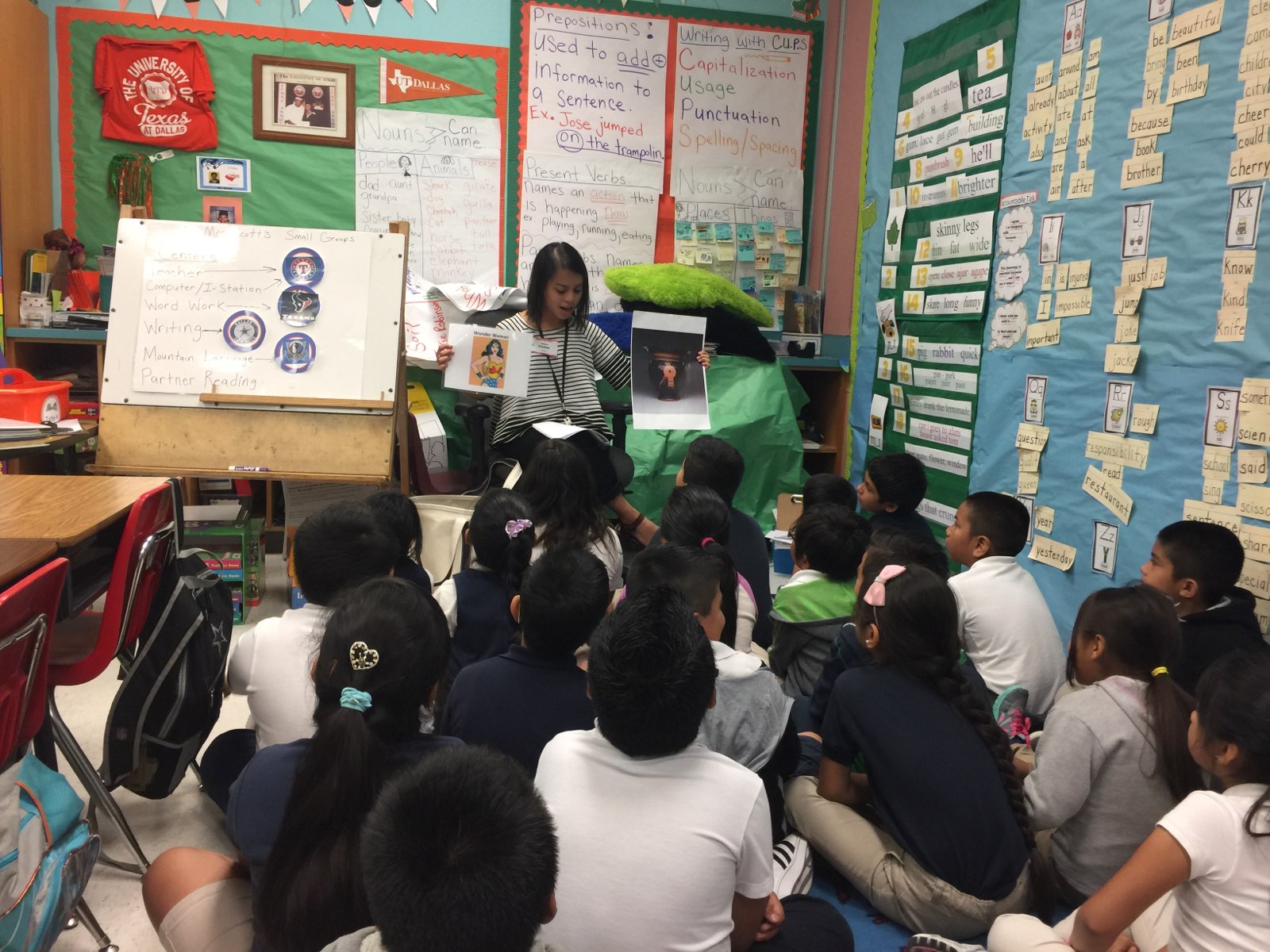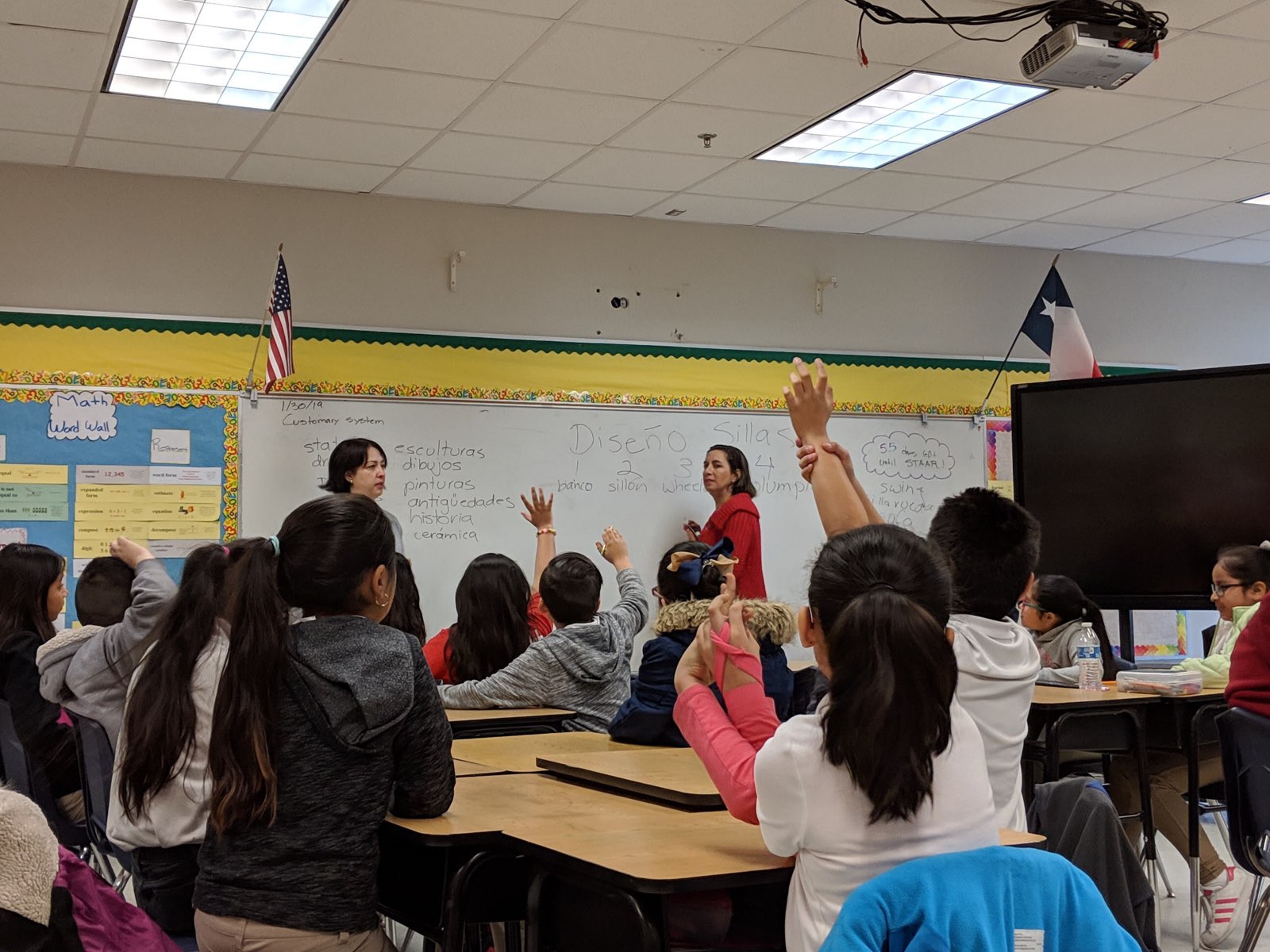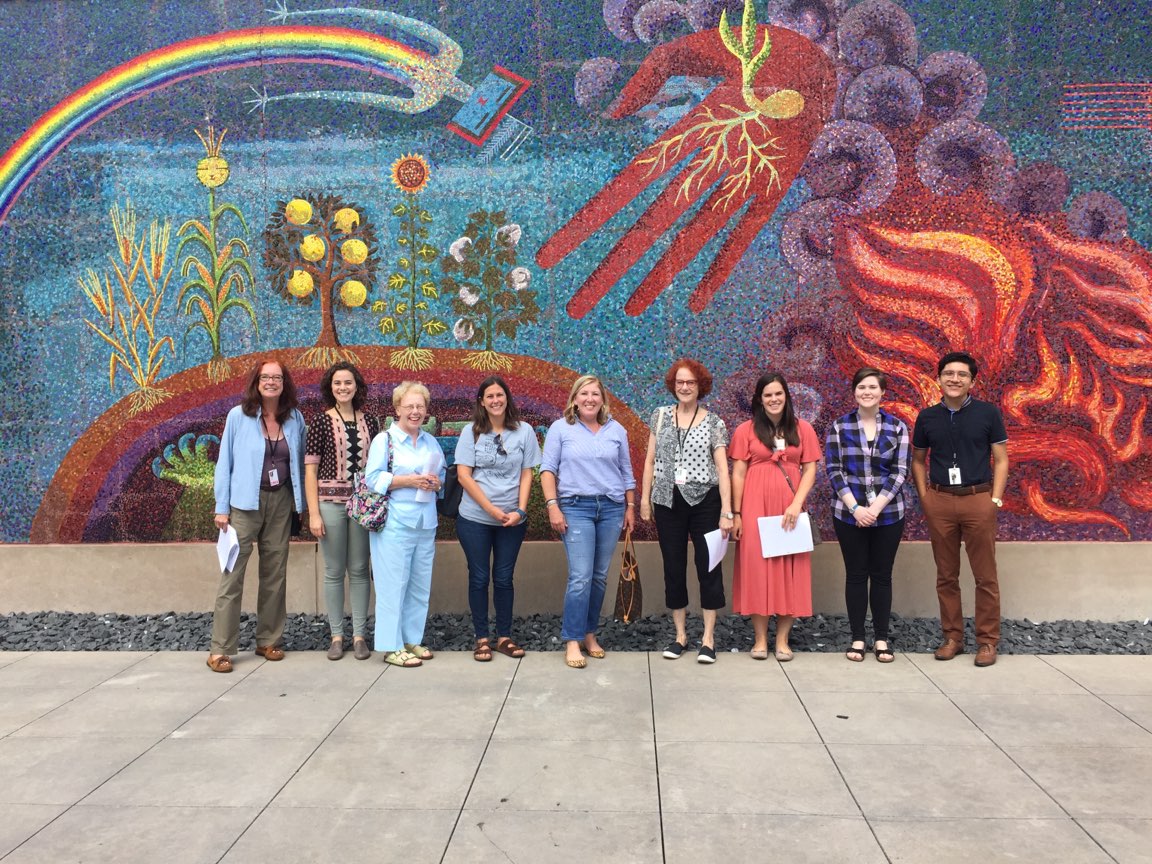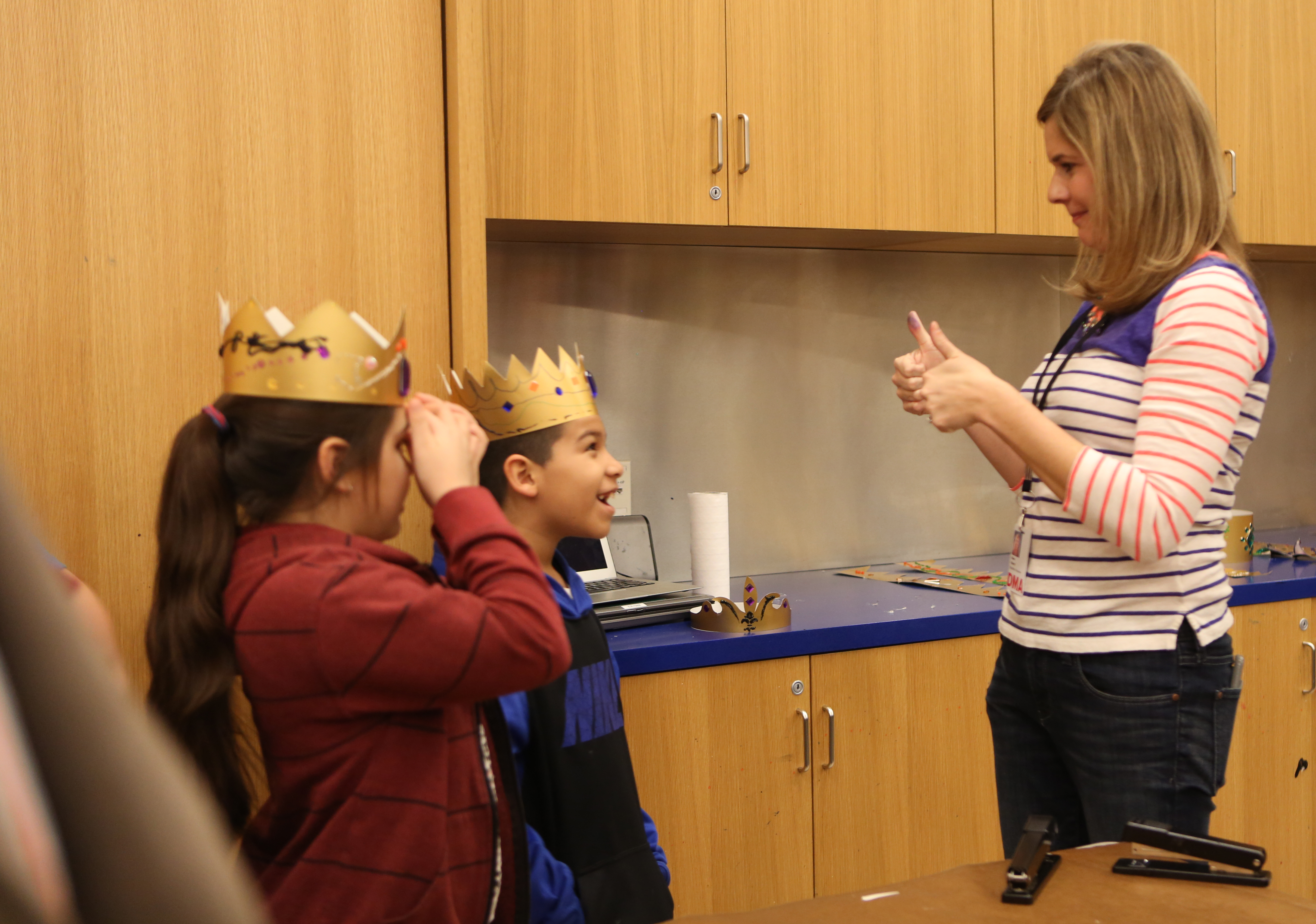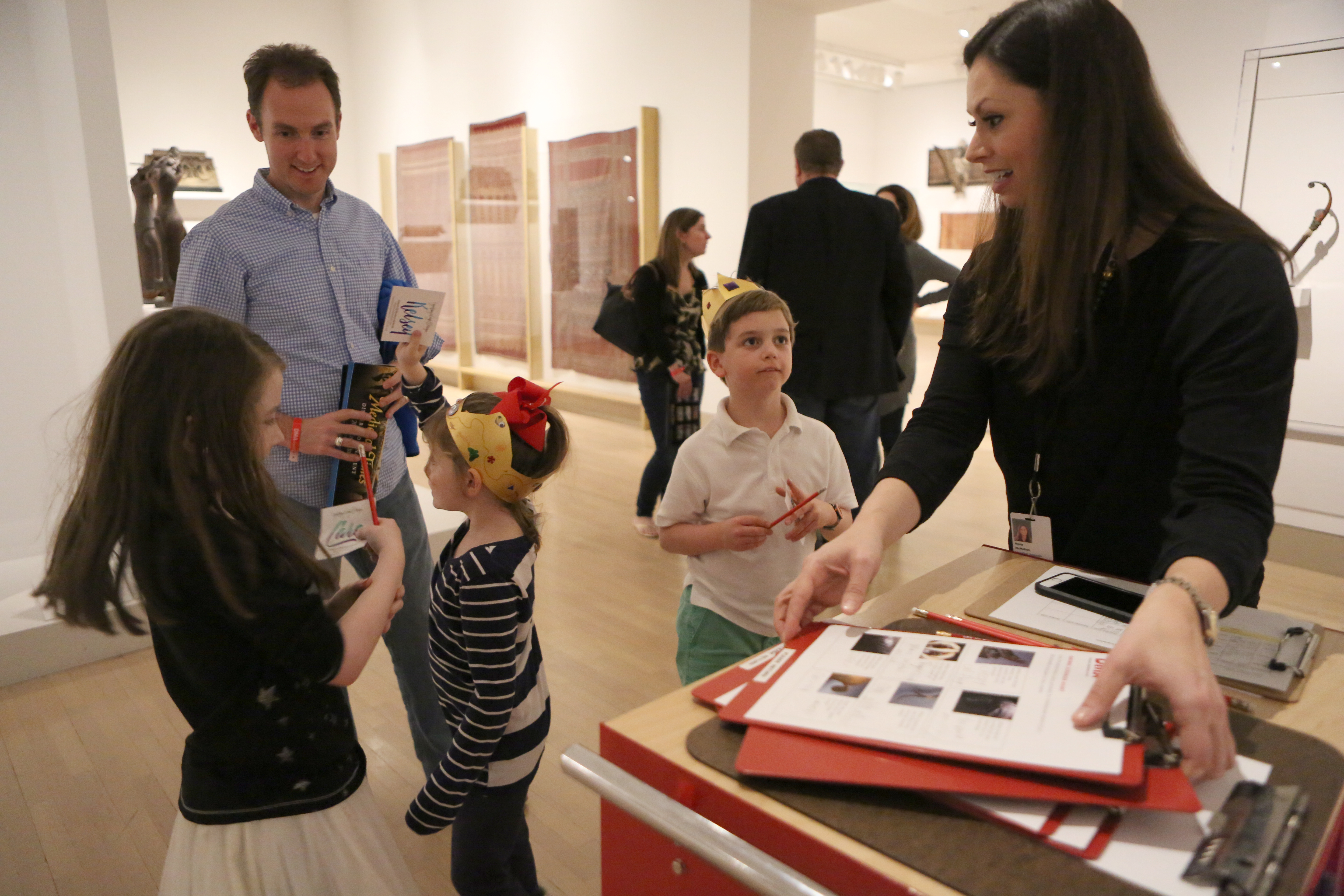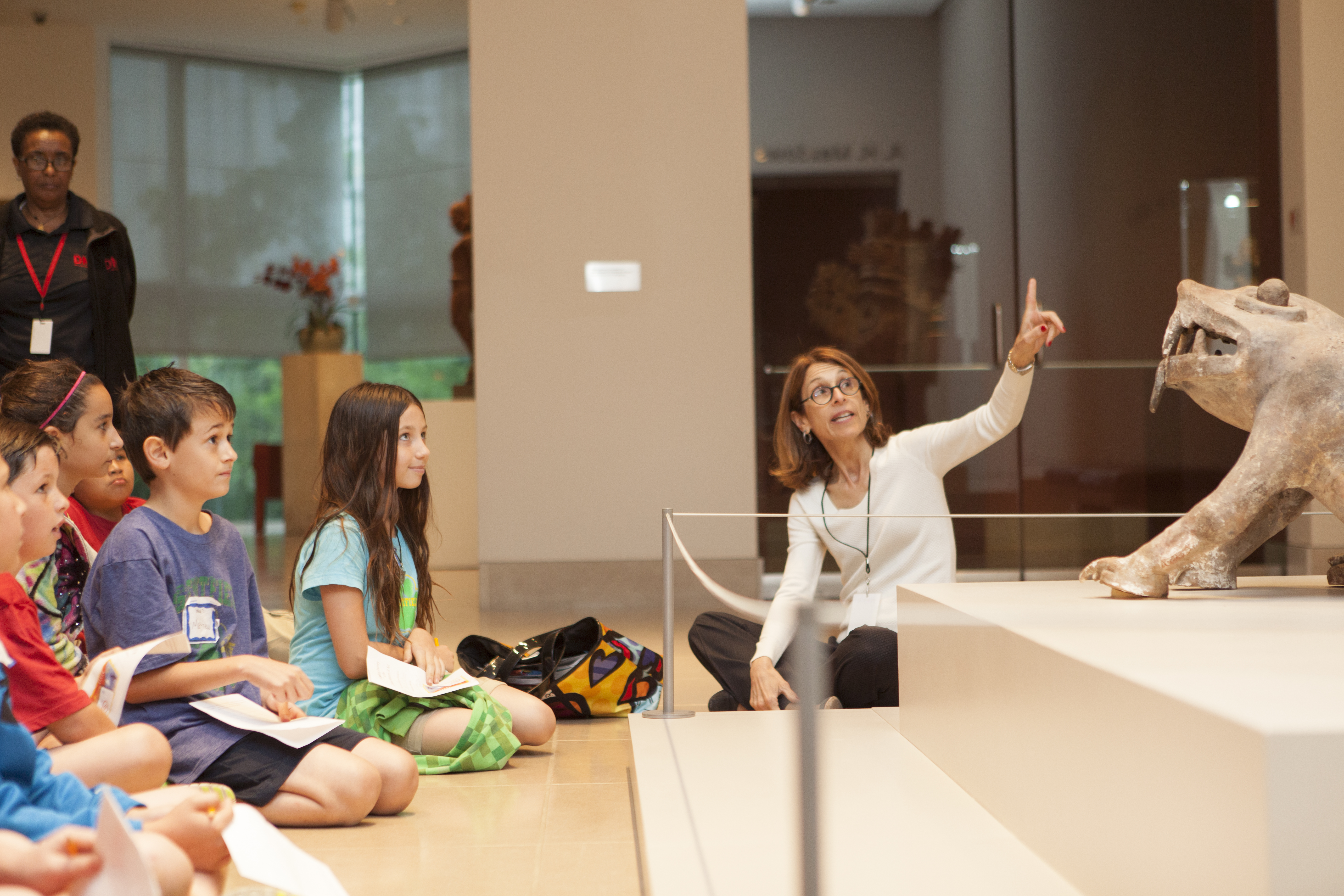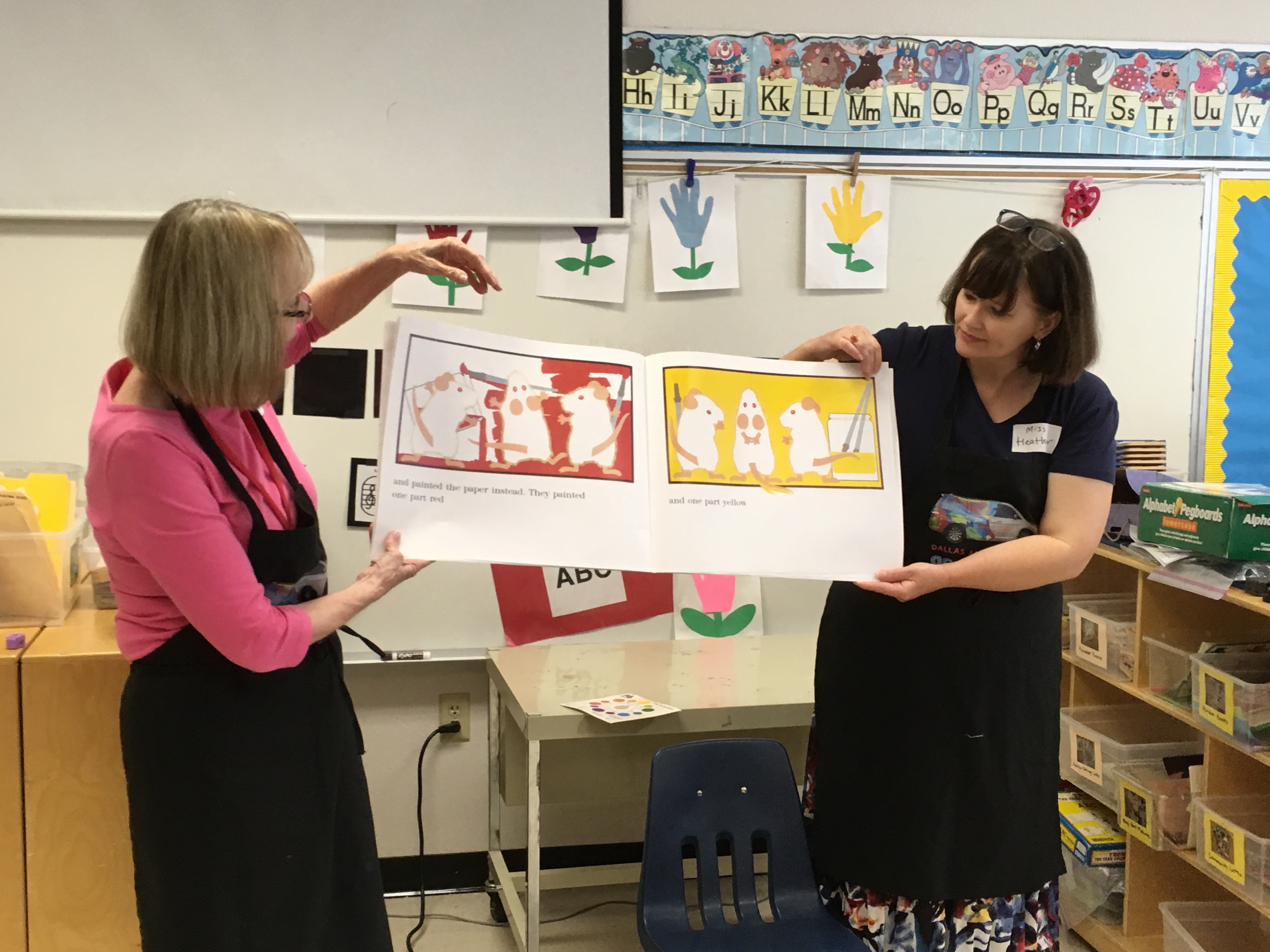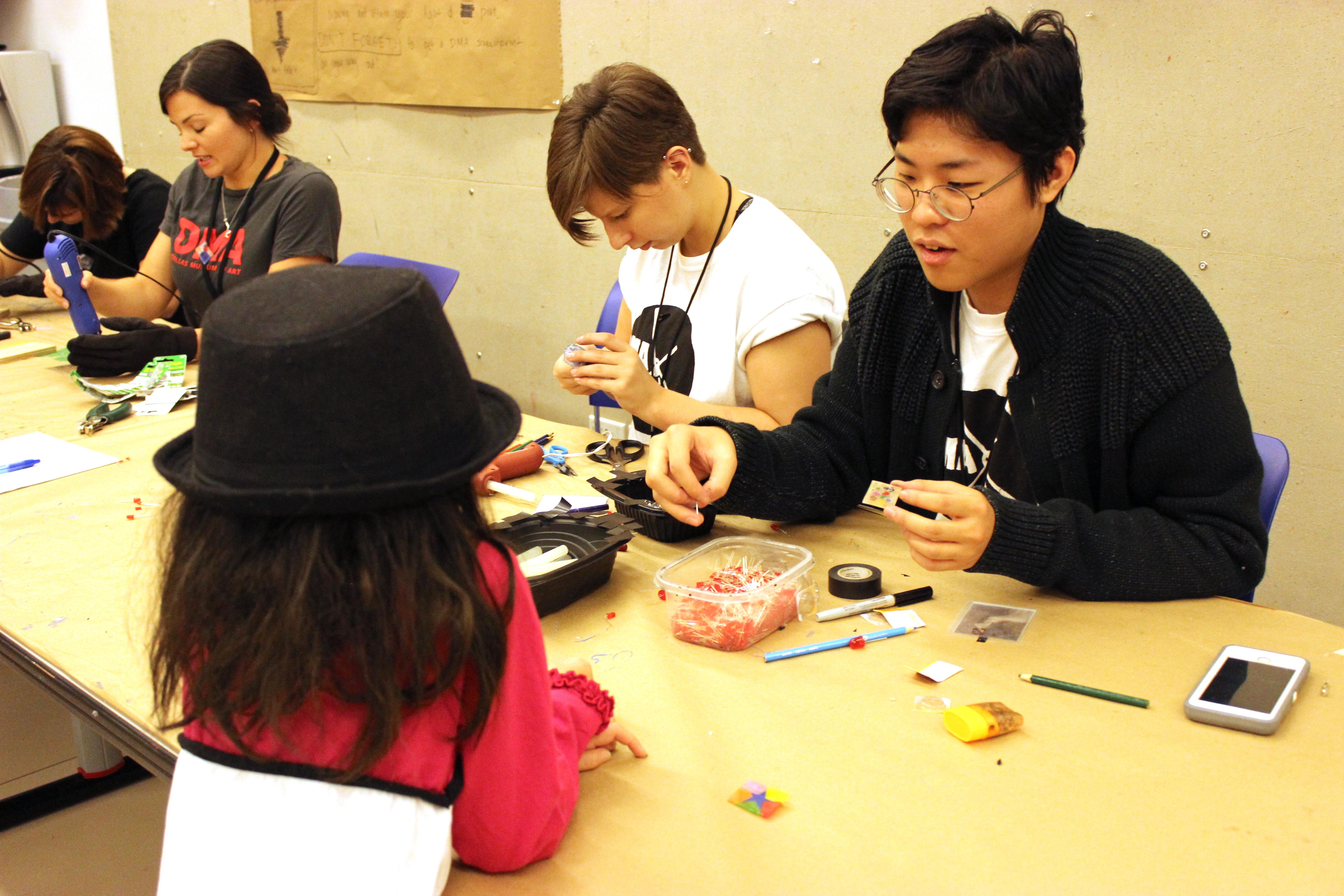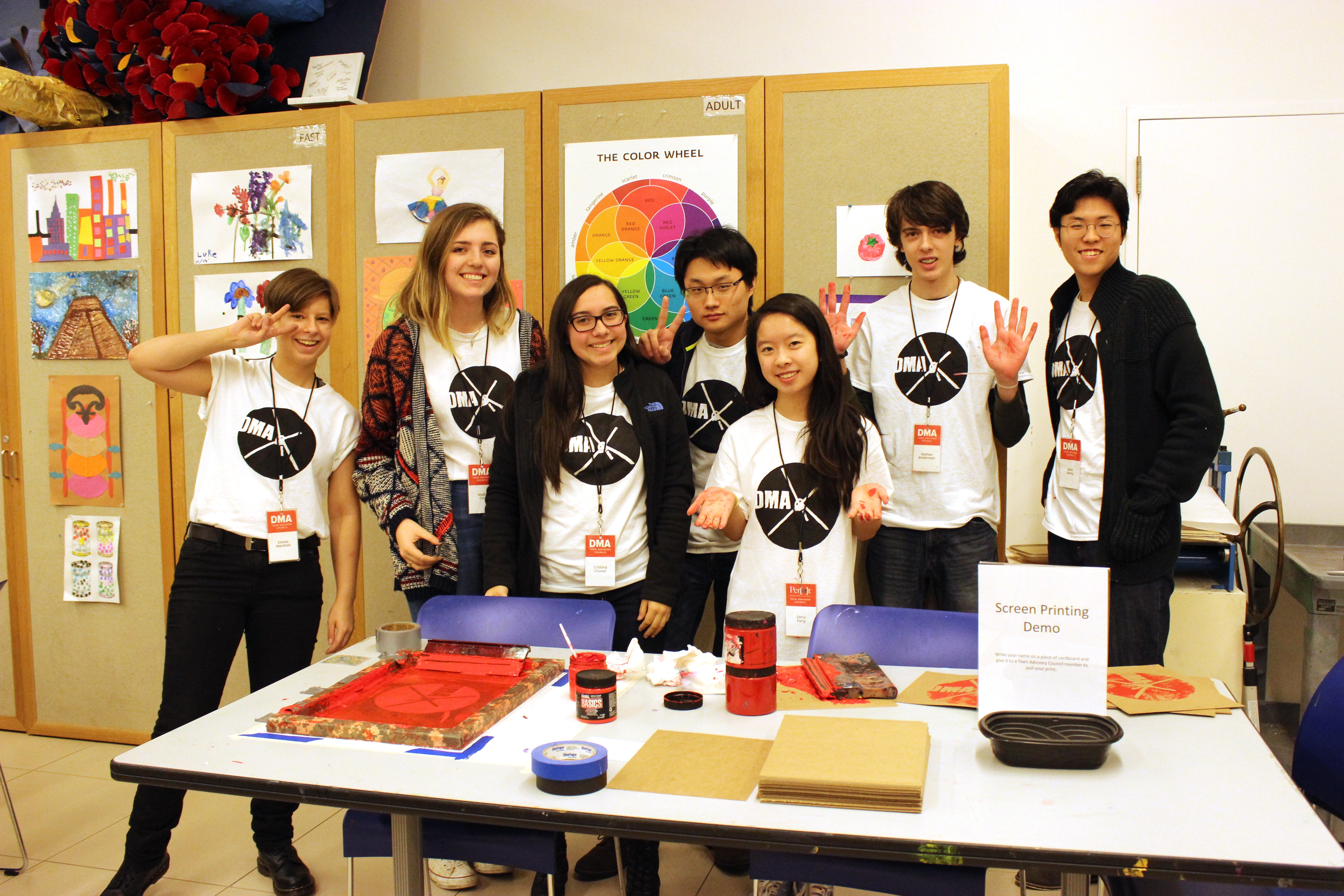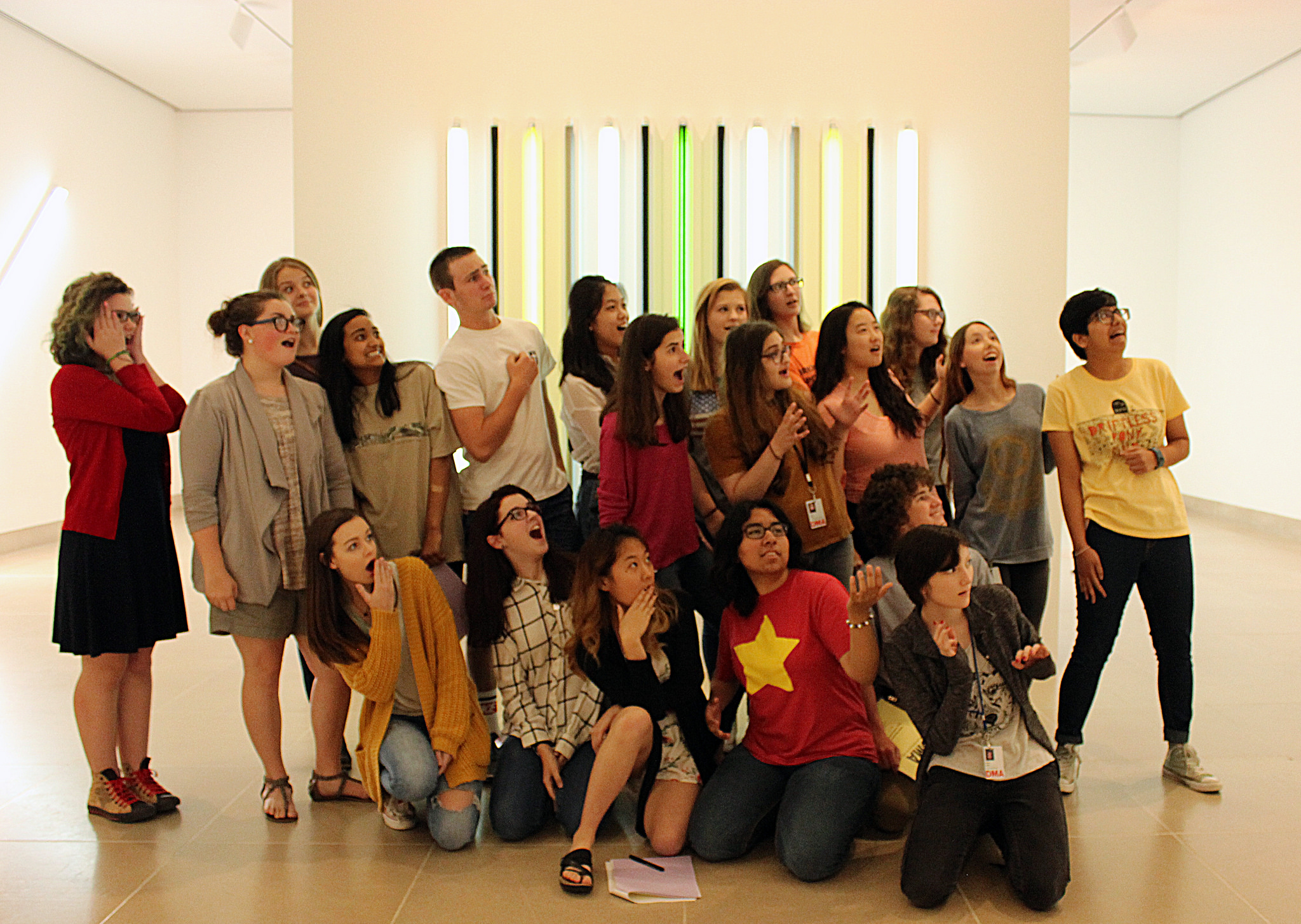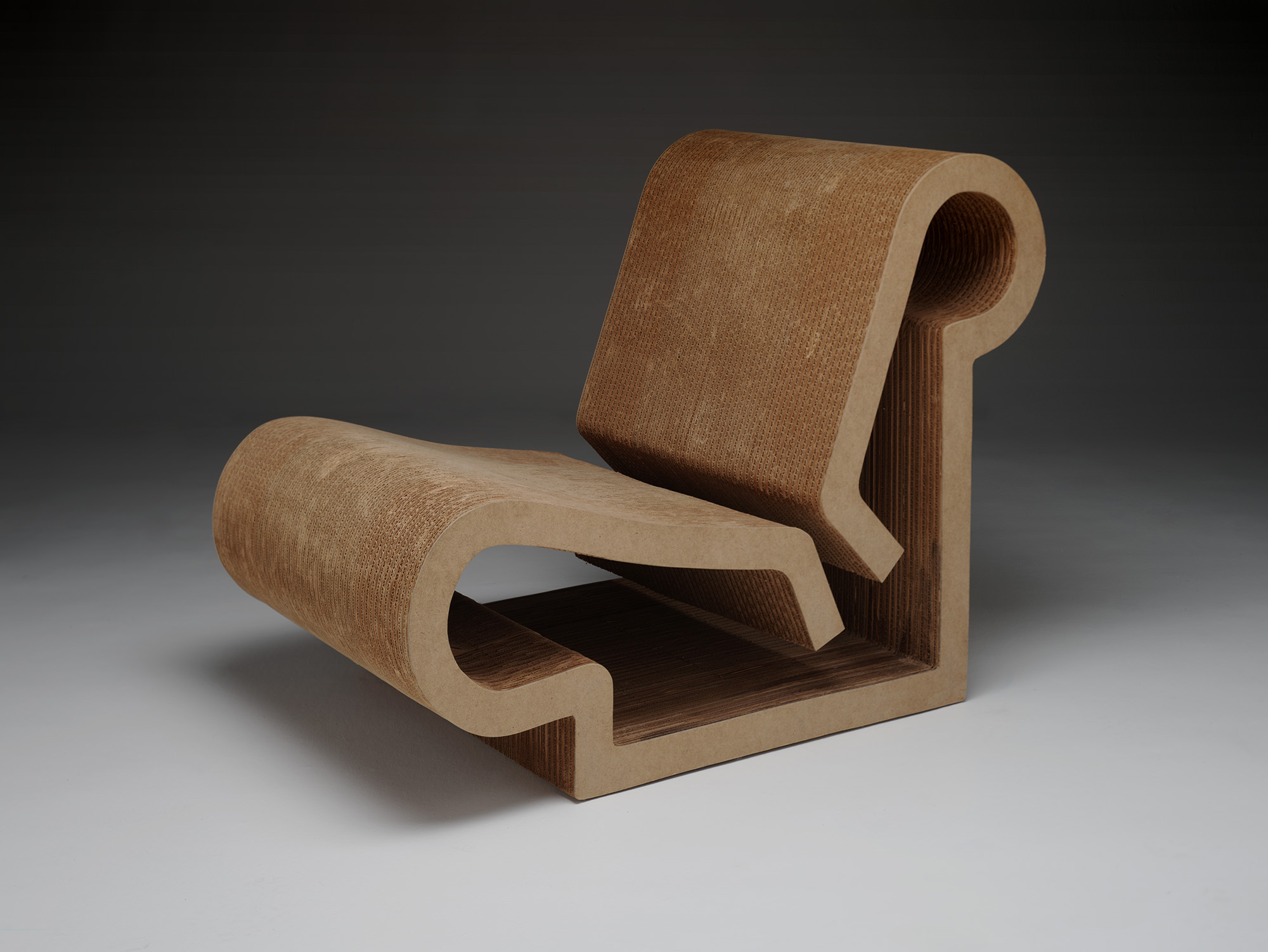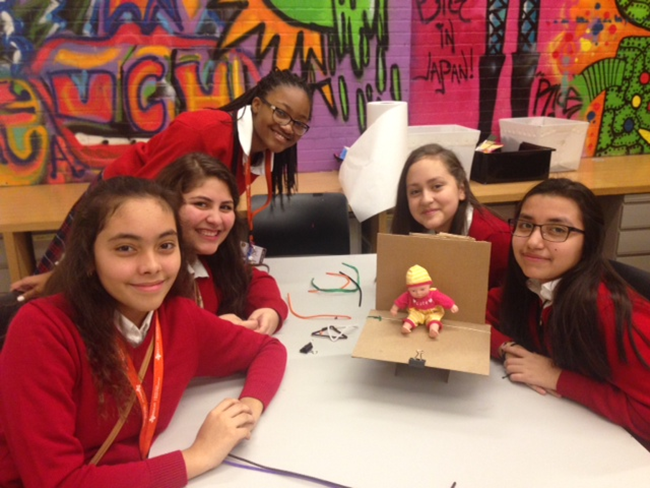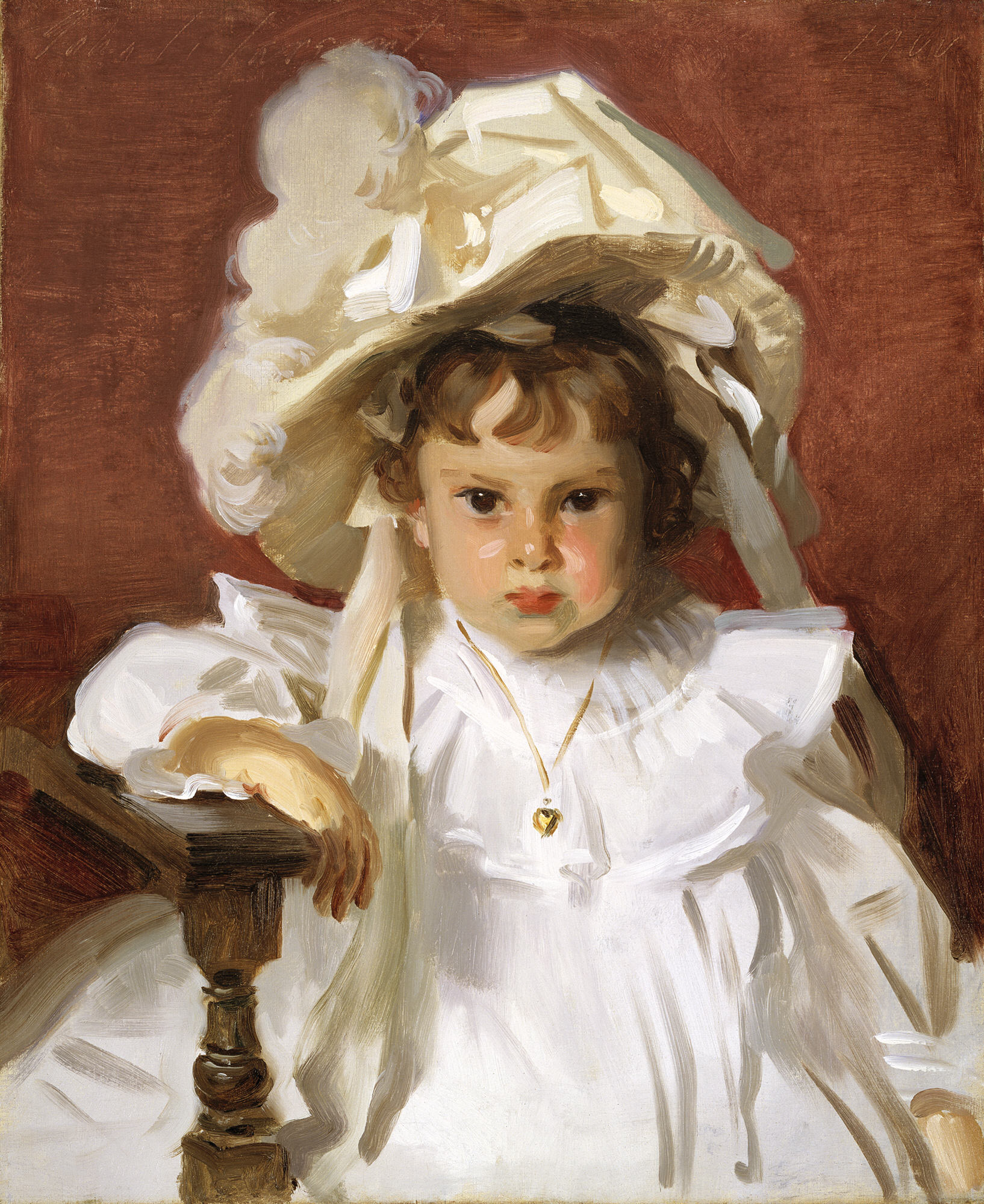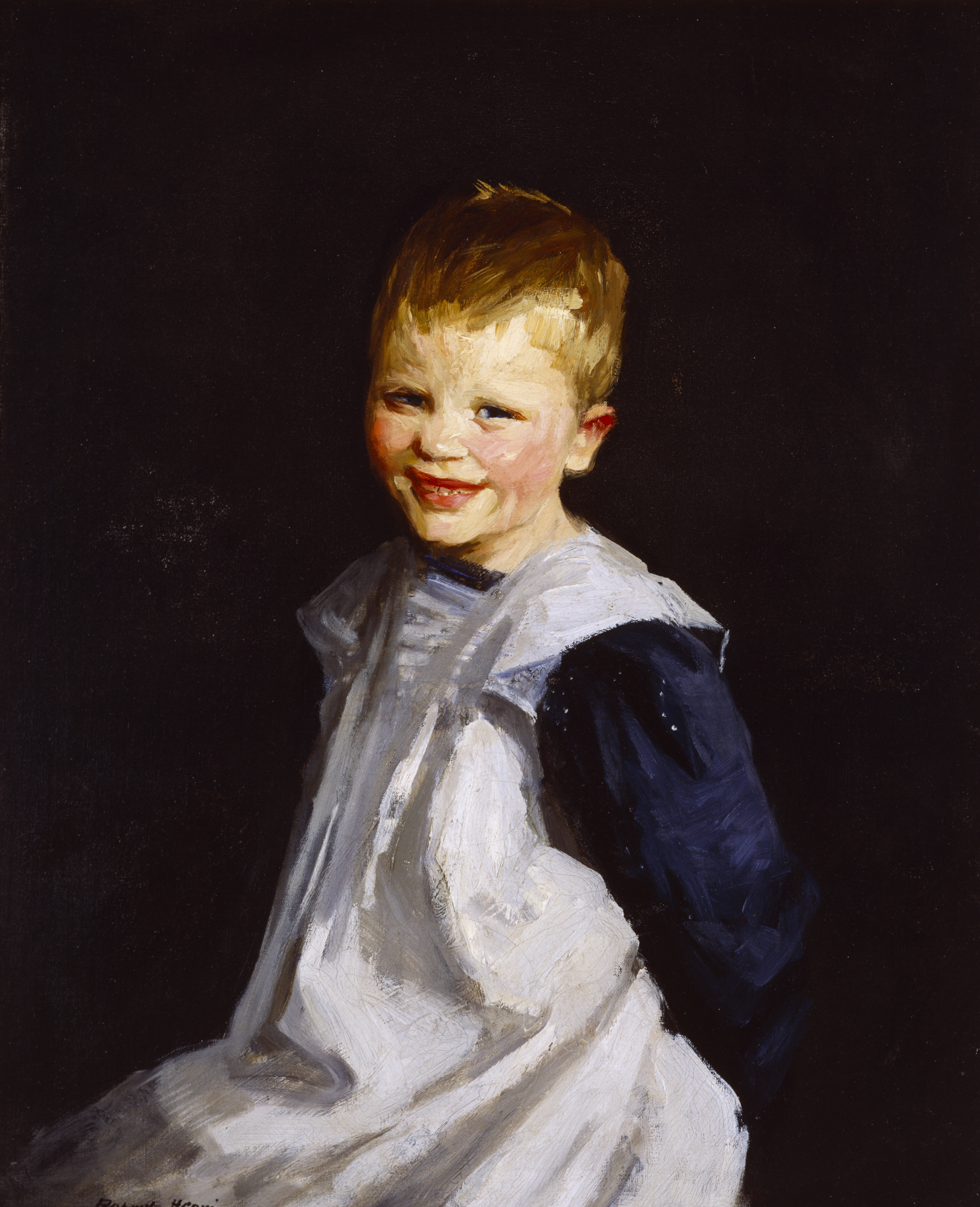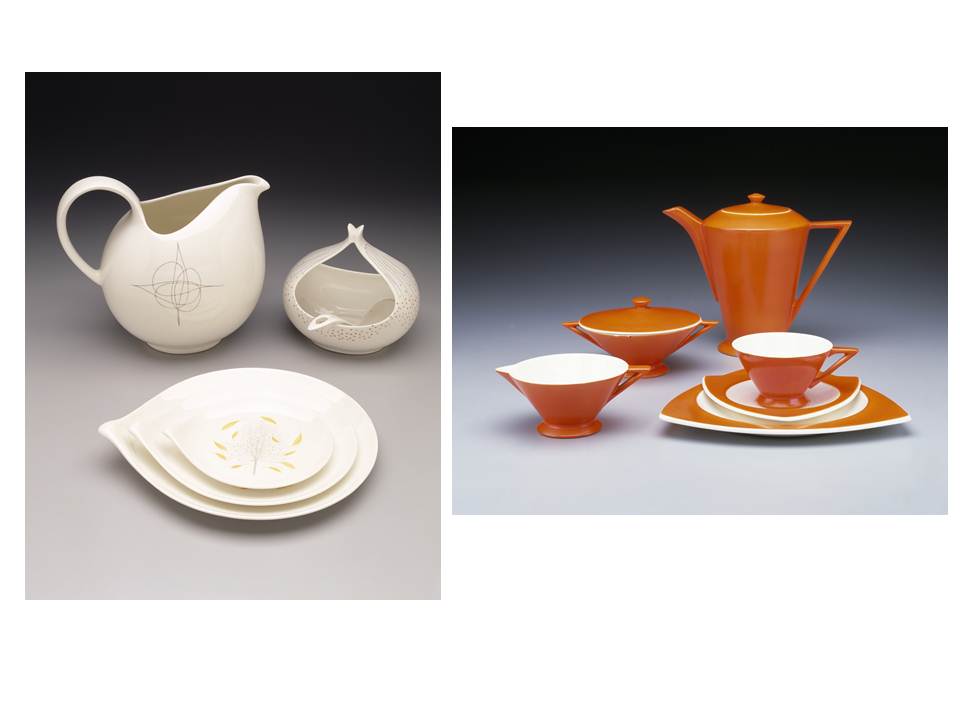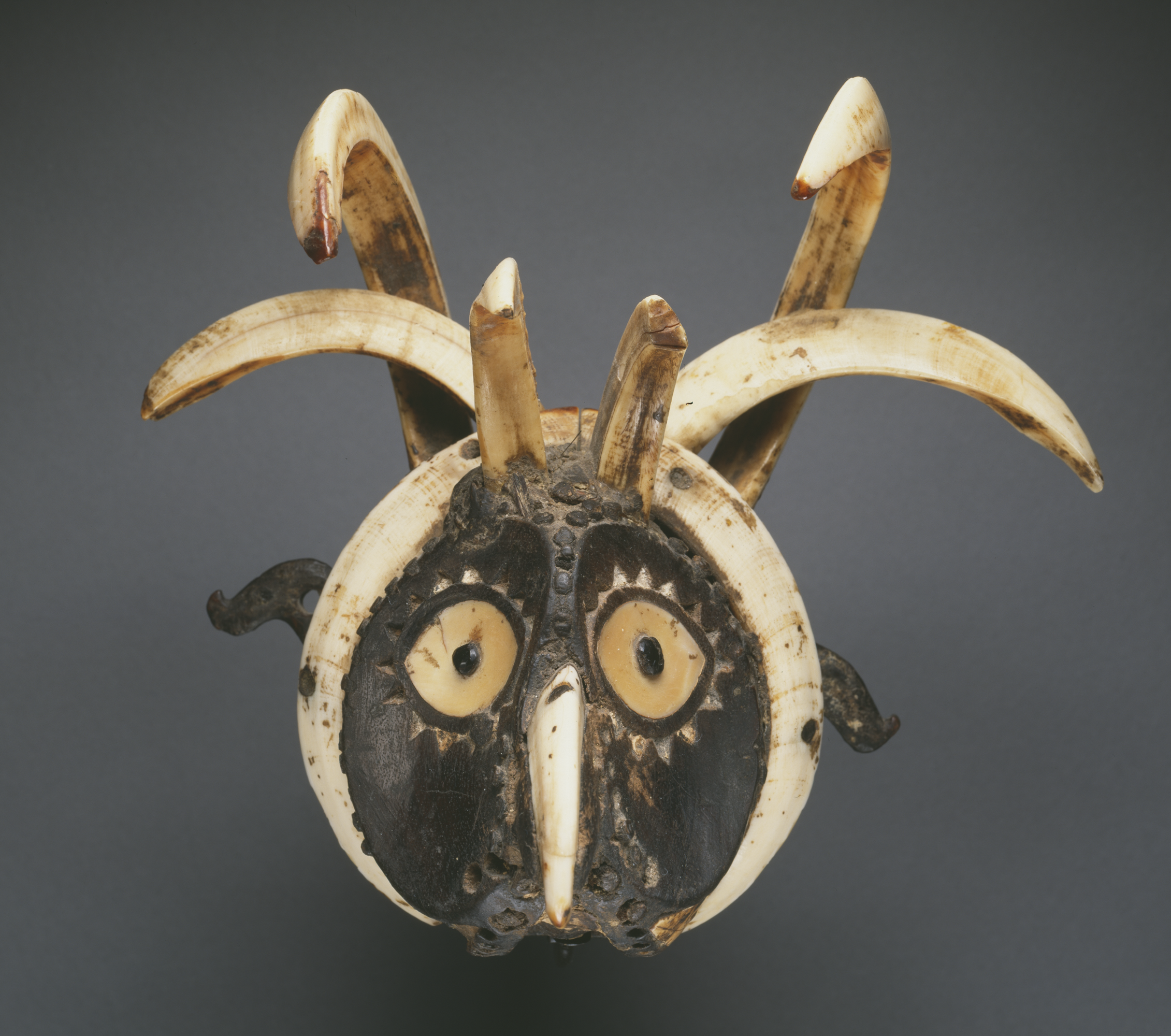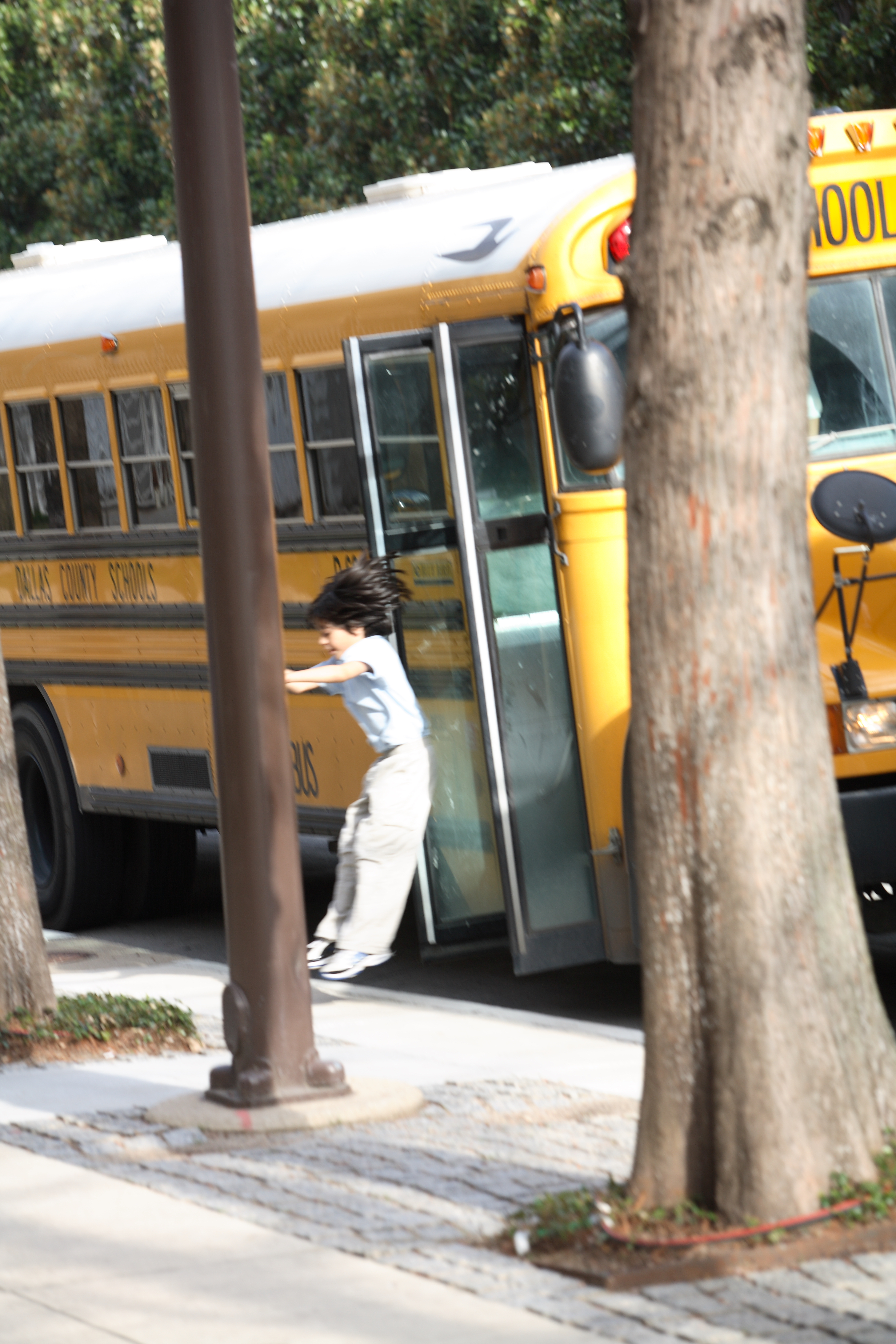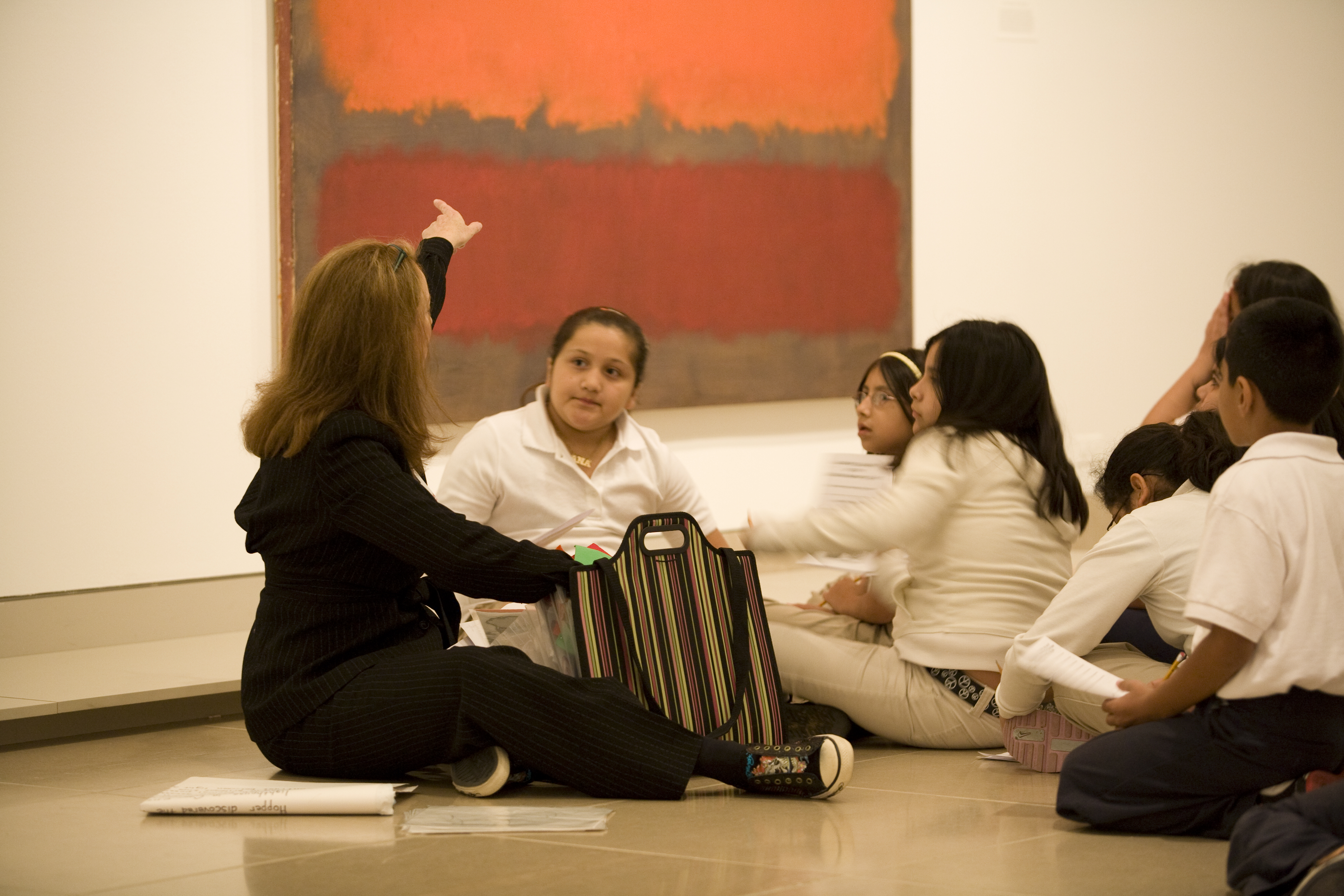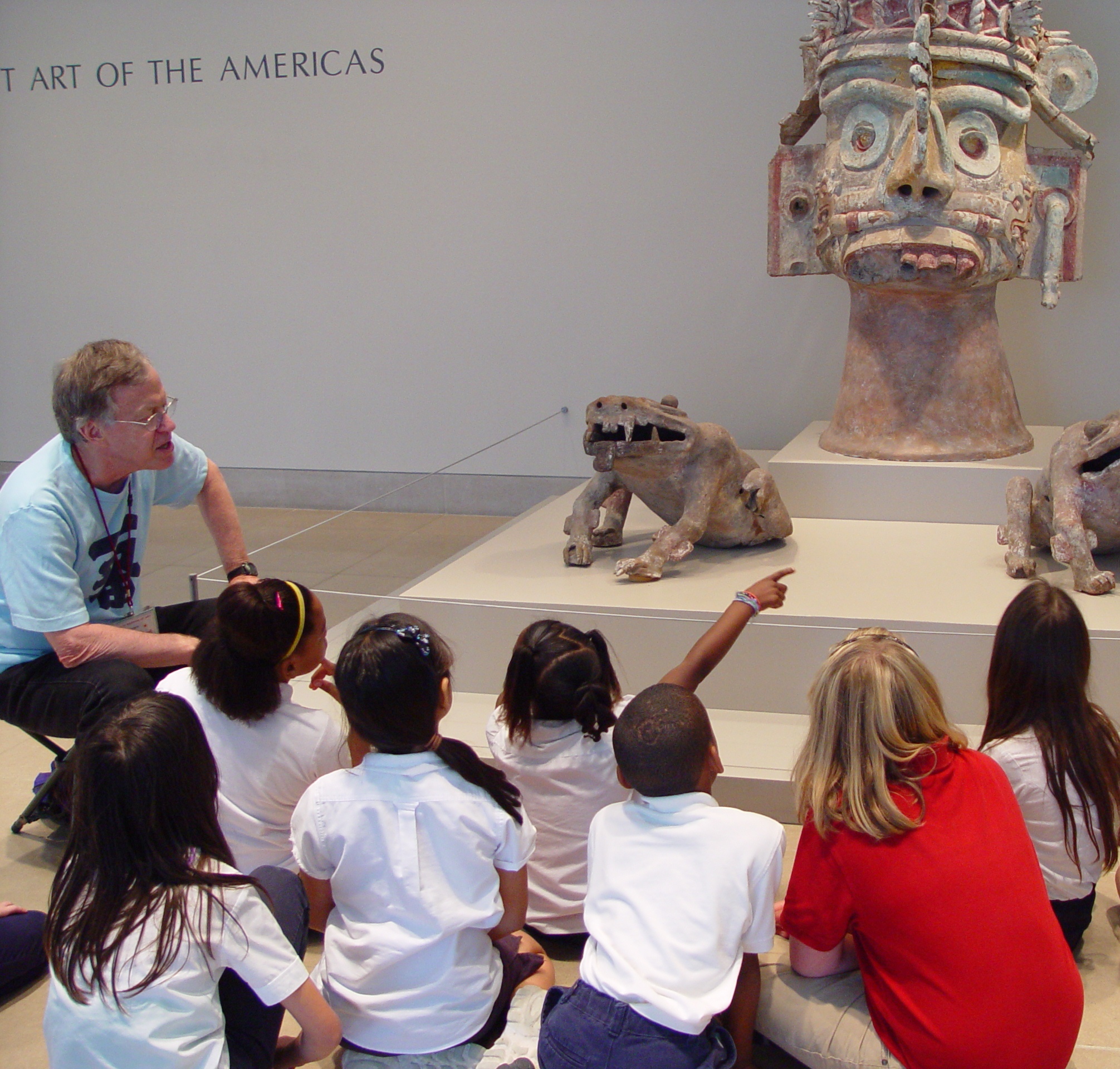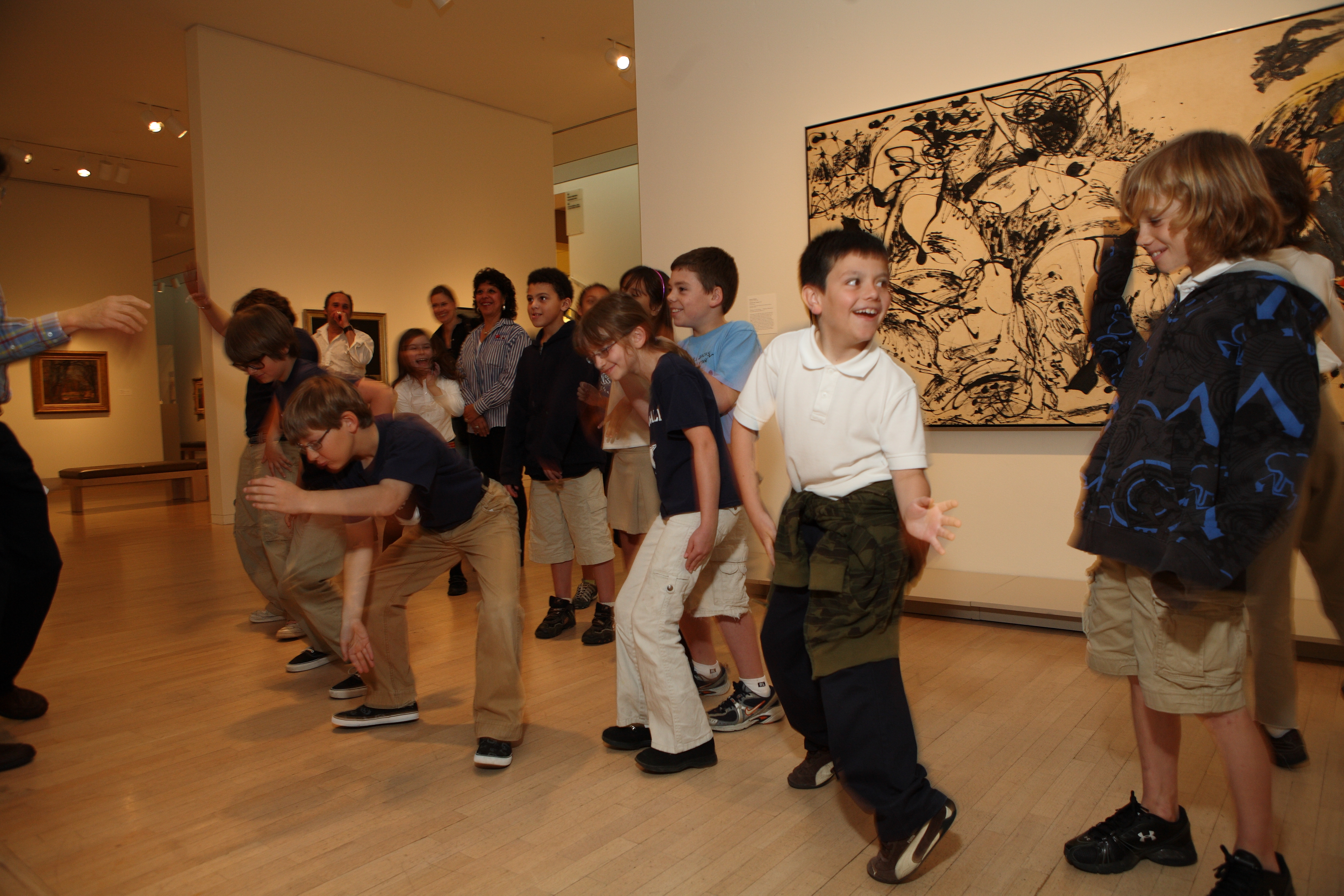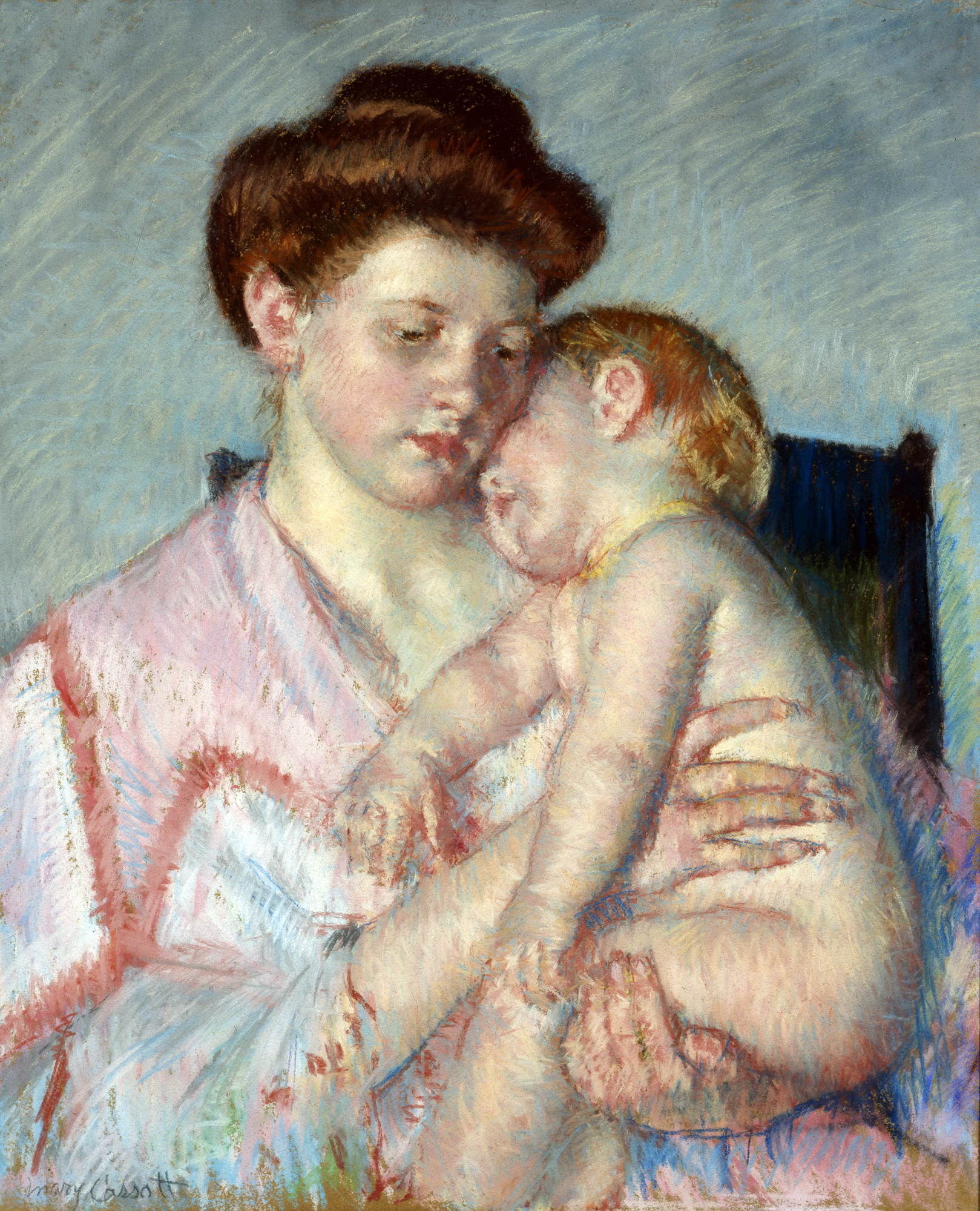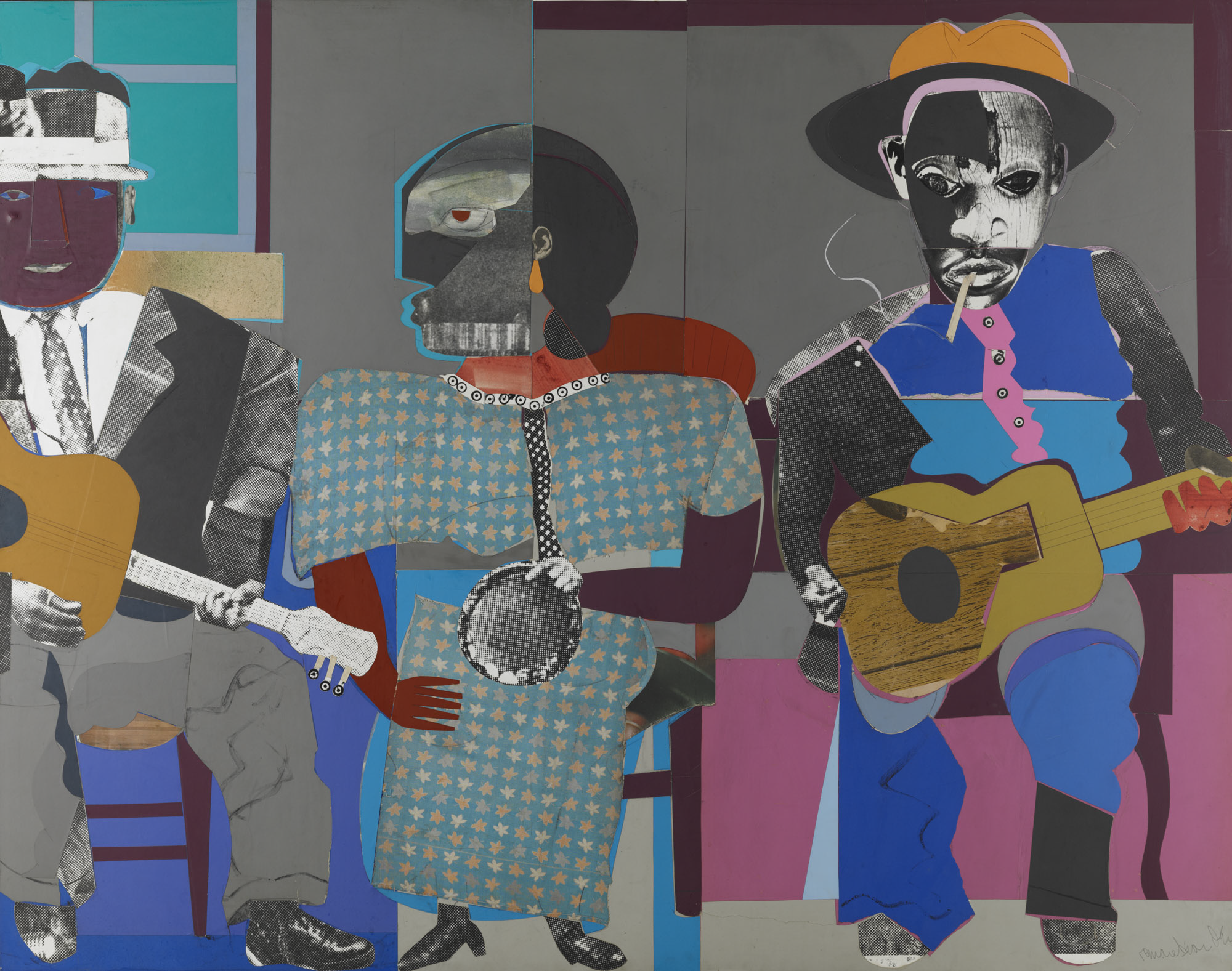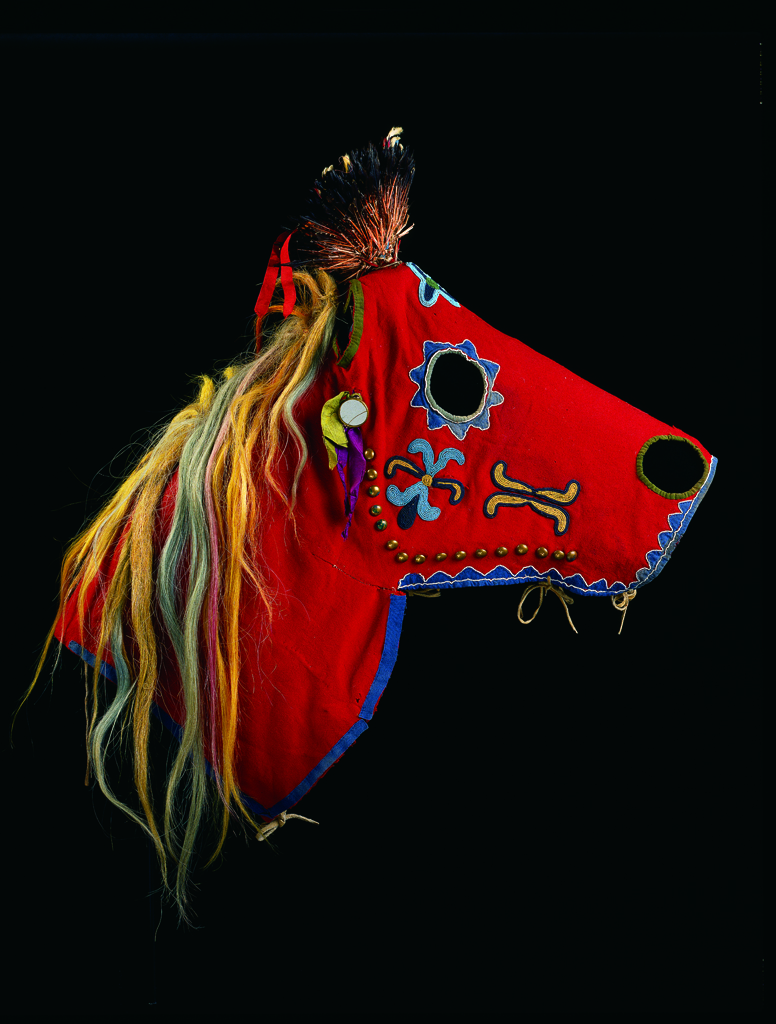If you love working with children, have a passion for art, and want to support Dallas students, we want you to join our team as a DMA School Programs volunteer! DMA docents lead tours in the Museum galleries, facilitating meaningful experiences for visitors of all ages. Go van Gogh® school outreach volunteers lead experiences in Dallas elementary classrooms that encourage students to look closely at works of art and express creativity through art-making activities. Applications to become a DMA docent or Go van Gogh volunteer for the 2019–2020 school year are now open. Click here to learn more and apply!
Curious about what it’s really like to serve as a DMA School Programs volunteer? A couple of our experienced volunteers have shared some of their reflections on the impact and rewards of their volunteer work.
Marilyn Willems, DMA Docent
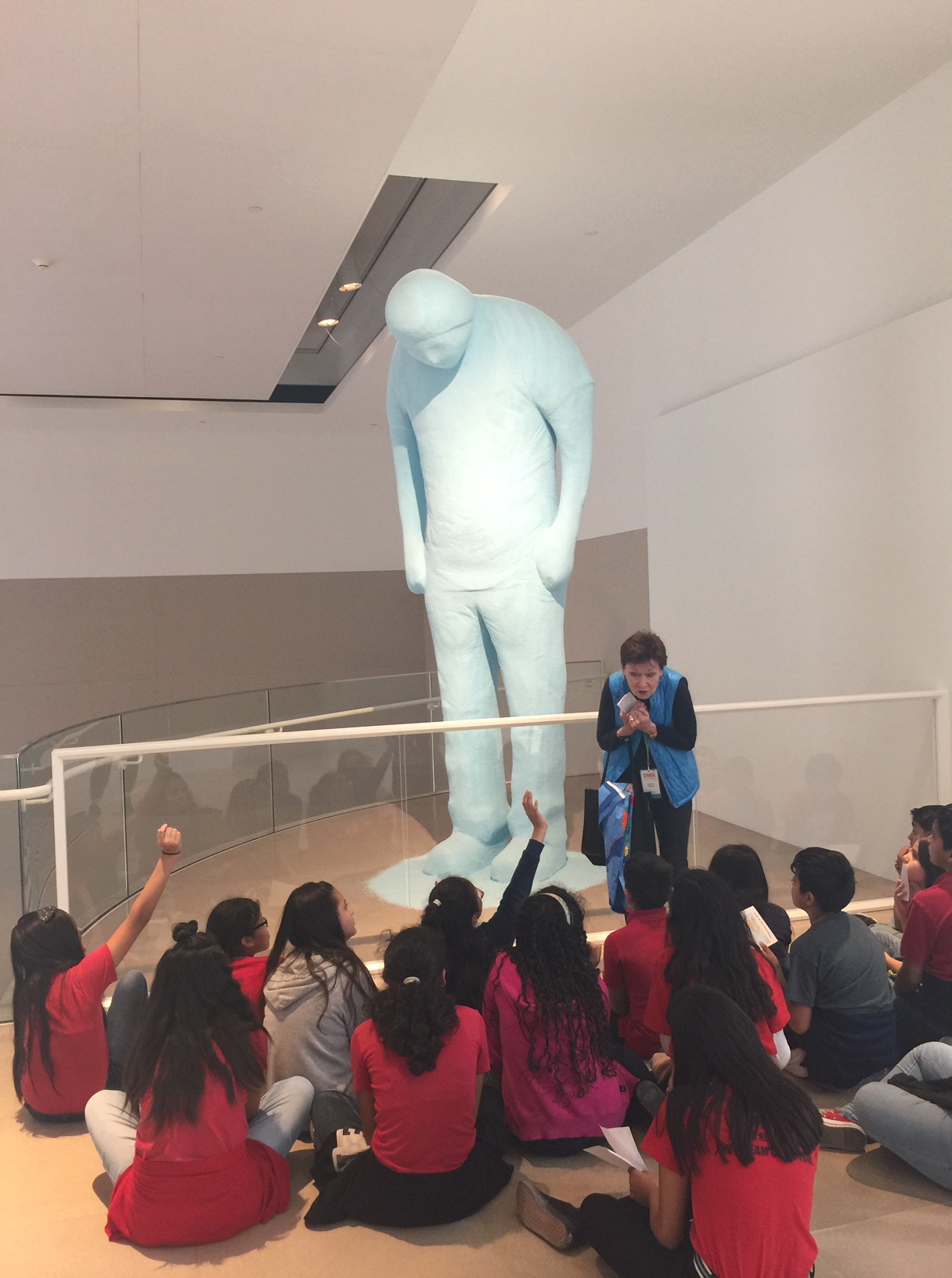
Describe a typical day as a DMA docent. What does leading a program look like?
A typical day starts with a tinge of nervousness only to help build excitement and anticipation for the visitors that are coming. Camaraderie with fellow docents and sharing experiences set the day in motion. I enjoy thinking about and planning how I want to engage the visitors in hopes their “takeaway” encourages them to better understand and appreciate the art and discover how much fun they can experience at the Museum. That is what makes the time spent in training worth every minute.
Why do you like volunteering for the DMA? How has your volunteer service enriched your experience?
I feel I am being rewarded by sharing the art with visitors when my enthusiasm increases their enthusiasm for the art.
Do you have a favorite memory from your time as a DMA docent?
I am amazed by the insightful thoughts expressed by our young visitors. Those are my most rewarding experiences. Being a docent has become a very important part of my life.
What would you tell someone who’s interested in serving as a docent volunteer?
If you have a passion for lifelong learning, get joy from being with a group who share this passion, and enjoy sharing it with others, you will be rewarded and feel you are making a valuable contribution.
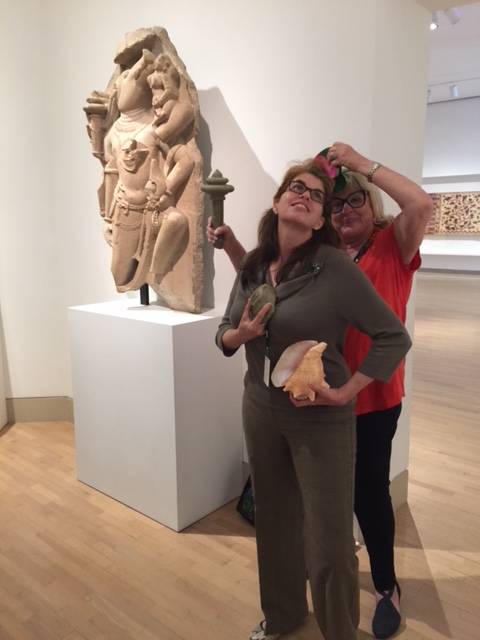
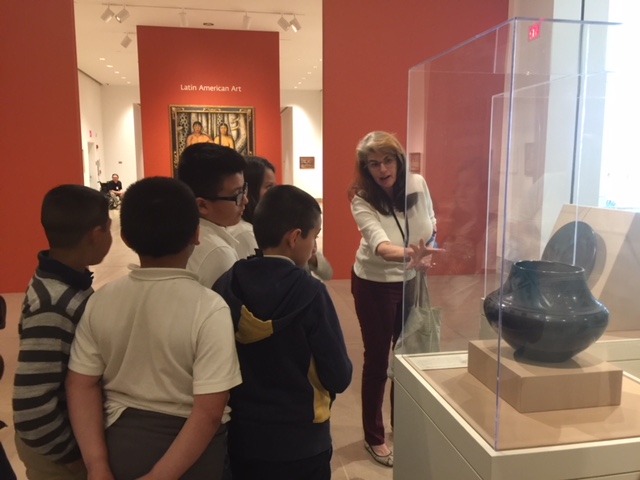
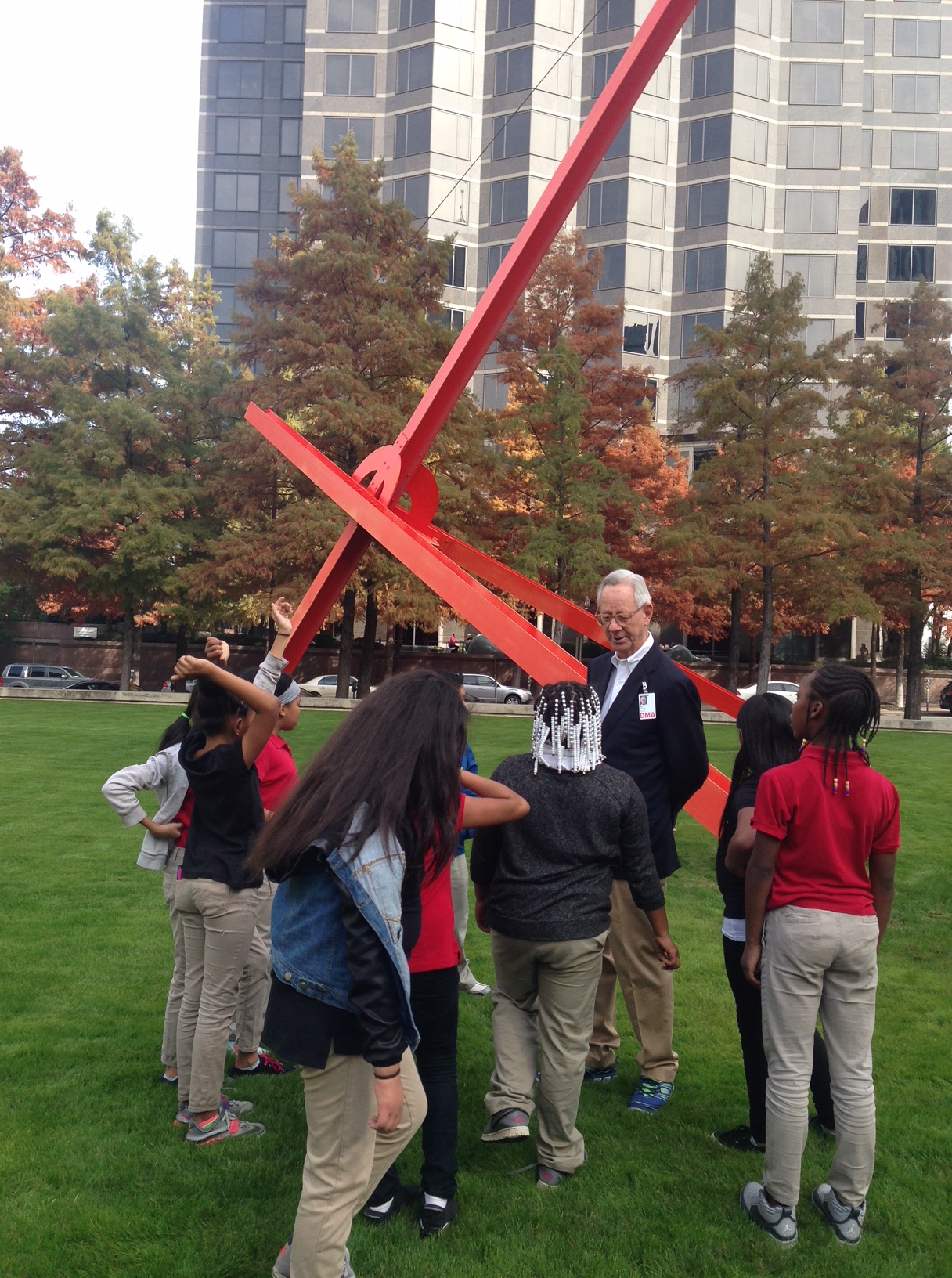
Terei Khoury, Go van Gogh (GvG) Volunteer
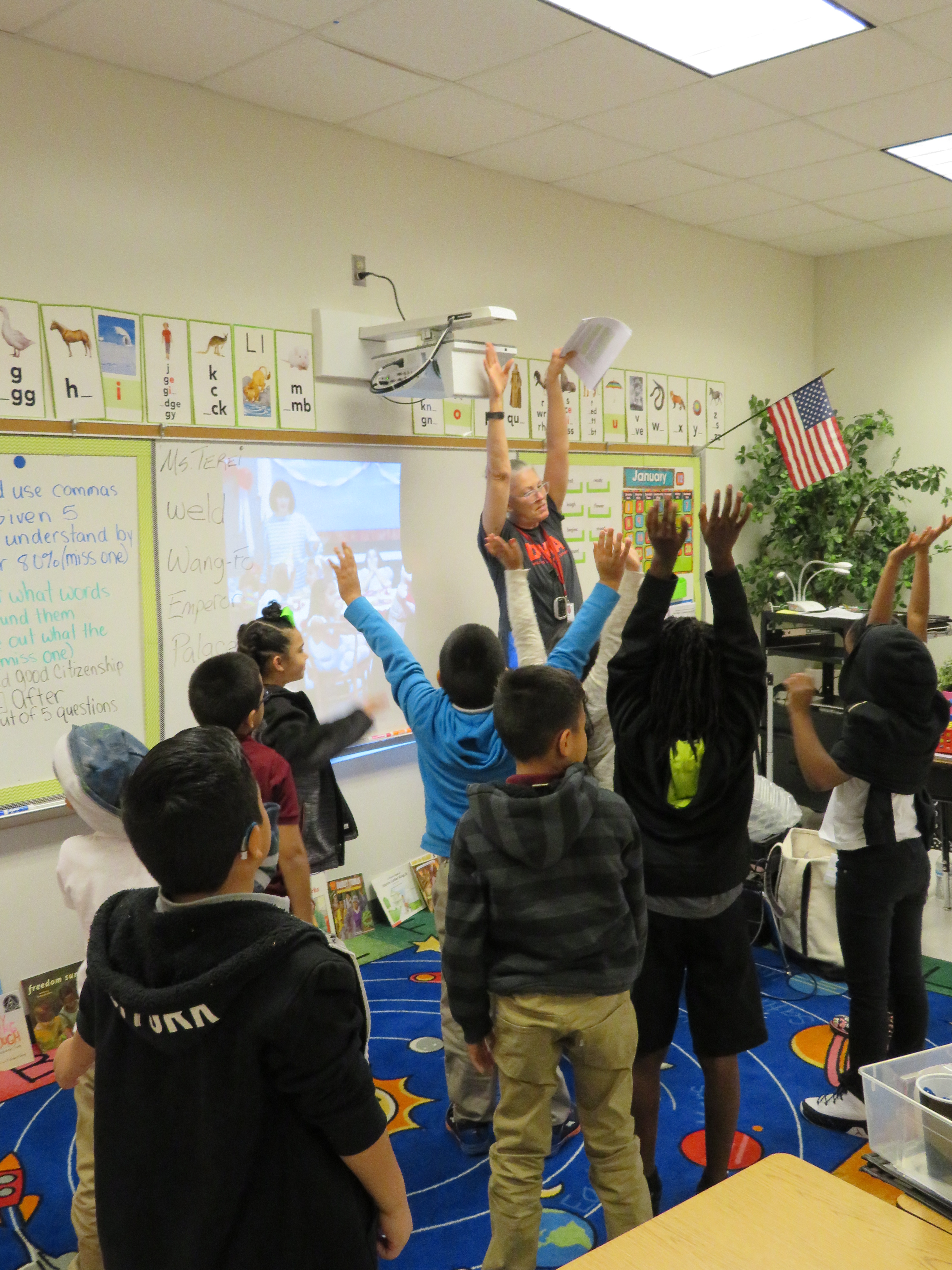
Why do you like volunteering for the DMA? How has your volunteer service enriched your experience?
Not only are the GvG training programs and access to the staff instructive and enriching, but the programs make a visible impact in each classroom and venue we visit. You can see and sense the enthusiasm as we introduce each program, and the hands-on experience is always a special plus as the students express themselves. I’m SO proud to say that over my four years in the program, I’ve touched the lives of at least 2,500 children and had the opportunity to tie STEAM (Science, Technology, Engineering, Art, and Math) together for them all!
Do you have a favorite memory from your time as a GvG volunteer?There’s just no question that our impact with the Color My World program is TREMENDOUS! When we work with special needs children, see the expressions on their faces, hold their hands as they play with clay, paint, and tools, and see their eyes light up with delight and pride as they experience their own artwork—there is no better feeling on earth knowing you’re making such a difference in the world!
What would you tell someone who’s interested in serving as a GvG volunteer?
GvG provides an outlet for one of the most meaningful interactions a volunteer in the arts can have. You touch so many minds and hearts with the generosity of BEING THERE. You aid the teachers and administrators by BEING THERE. You create enthusiasm and energy by BEING THERE. You make a difference by BEING THERE.
